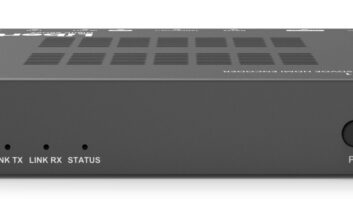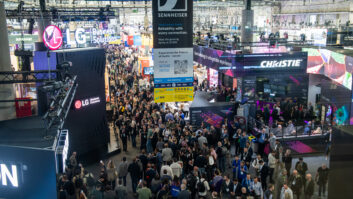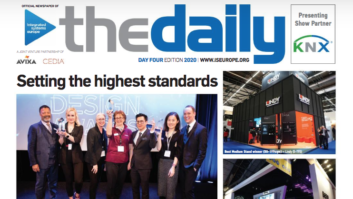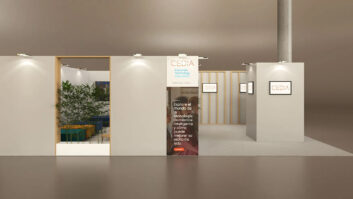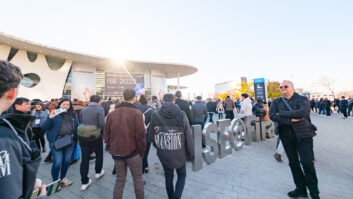Artificial intelligence is playing an increasingly important role across all areas of AV, perhaps no more so than in the smart workplace, which had to become even smarter during the Covid pandemic.
During the Smart Workplace Summit, attended by Installation editor Rob Lane for the ISE Daily, futurist Amelia Kallman introduced the session with some wise words on AI, explaining the importance of humans showing it the “best of humanity” so that we ultimately work “harmoniously” with the technology when it eventually becomes our colleague.
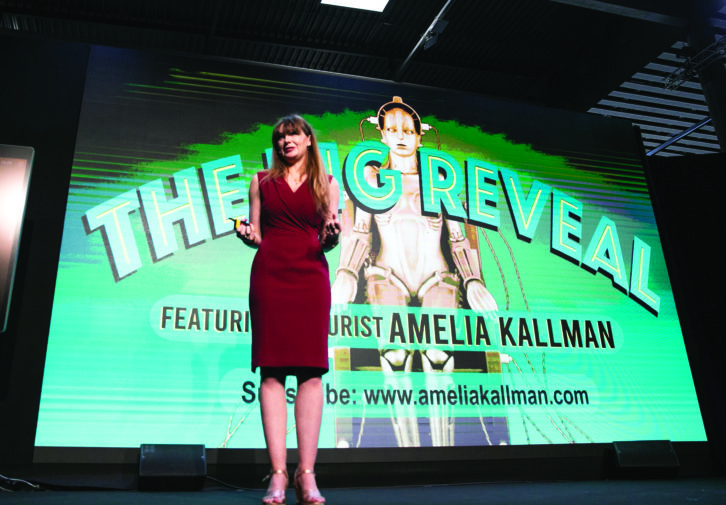 And that day isn’t too far away. Some AI researchers predict that human level machine intelligence (HLMI) has a 50% chance of occurring within 45 years and a 10% chance of becoming a reality within nine years.
And that day isn’t too far away. Some AI researchers predict that human level machine intelligence (HLMI) has a 50% chance of occurring within 45 years and a 10% chance of becoming a reality within nine years.
“When AI becomes the rebellious teenager and then starts to make decisions on its own, we [need to] safeguard that and ensure it will be making positive decisions for tomorrow,” cautioned Kallman.
“As artificial intelligence plays a bigger role in our workspaces, human [attributes] – our creativity, our ideation, our design skills, and most importantly, our ability to collaborate and connect – are going to be that much more valuable.”
The first keynote speaker, Snorre Kiesbu, senior VP and general manager for Webdesk devices at Cisco, explained that hybrid work “presents a new challenge” as it is “both different and harder than how we worked before”. However, thanks to AI, and companies like Cisco, the workplace is looking smarter than ever.
With an impressive live demonstration of AI in the workplace, Kiesbu showed how simultaneous translation by AI could help to break down the barriers for the smart workplace. Colleagues on a video call spoke in various languages and were translated live. AI and machine learning was able to reorganise the faces of colleagues around a table into individual picture frames to make things more inclusive for those joining the meeting remotely. And as one colleague moved across the desk to join another to work on a project, the AI brought the two workers together into one frame.
“There is no question that hybrid work presents a new challenge from being in person to meeting solely from our laptops,” said Kiesbu. “There’s been a huge shift, and that transition to hybrid [leads to] a lot of changes.
“[But] this [product] is using machine learning and AI now,” he added. “It’s something we’re very proud of. Together, we can make hybrid work even better than before.”
Kallman continued to explain her thoughts on AI in the workplace during her Technology Trends talk in the ISE Influencer Lounge, also discussing data and the metaverse – also covered by Installation editor Lane for the ISE Daily.
“By the end of this decade, AI is going to overtake humans in how smart it is,” she explained. “Think about that: in eight years we’re no longer going to be the smartest thing on this planet – which is really frightening.”
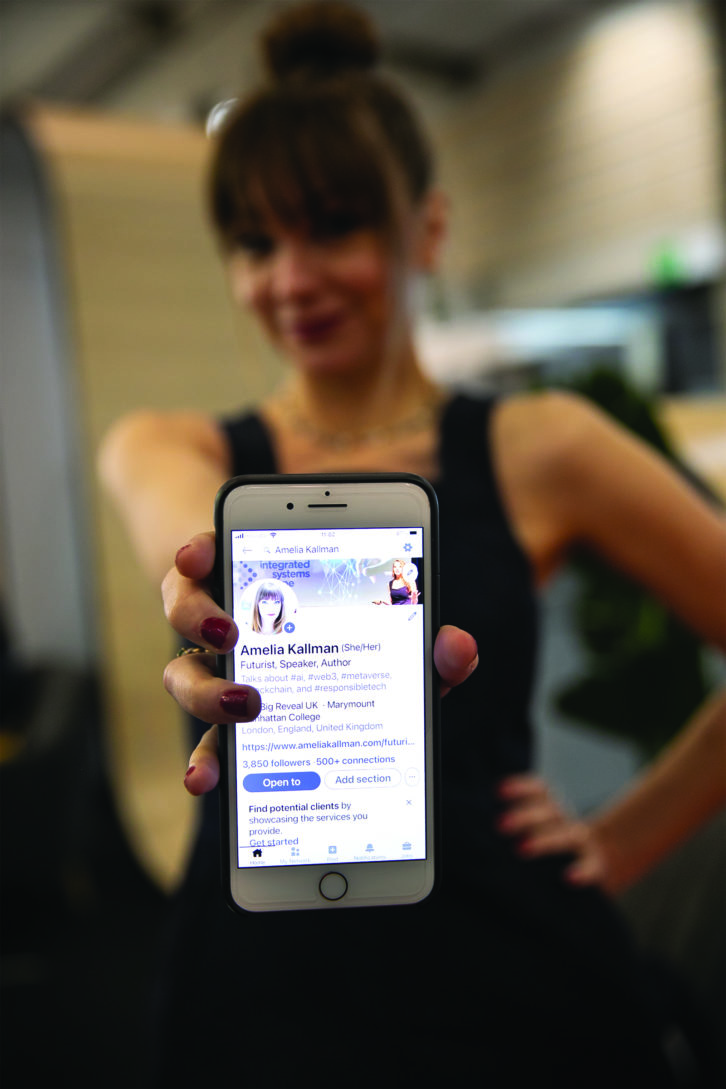 Kallman discussed the importance of ensuring that AI had good parenting, from human beings – to ensure that it is the best that it can be and helps rather than hinders us, in the workplace and beyond.
Kallman discussed the importance of ensuring that AI had good parenting, from human beings – to ensure that it is the best that it can be and helps rather than hinders us, in the workplace and beyond.
“This technology is still in its infancy, and we are AI’s parents,” she said. “Right now, it’s a toddler – it’s learning how to walk – and it’s mimicking us; it learns from where we click, where we put our attention, the language that we use, who we interact with online, and the companies we interact with.
“But this technology is growing up. And then it’s going to start making decisions on its own and become fully autonomous.
“So we have a responsibility today to really make sure that where we put our clicks and our attention is towards a responsible future, and create the best possible scenario for this AI to learn from.”
Kallman believes that we’re going to reach a tipping point for XR in the enterprise space around 2026 or 2027, coinciding with Gen Z entering the workforce. These guys are already in the metaverse, she explained: they’ve been developing on these platforms and are used to these new economies and new interactions – ”it’s normal for them. So we need to prepare for them coming into the workforce in the next couple of years.”
